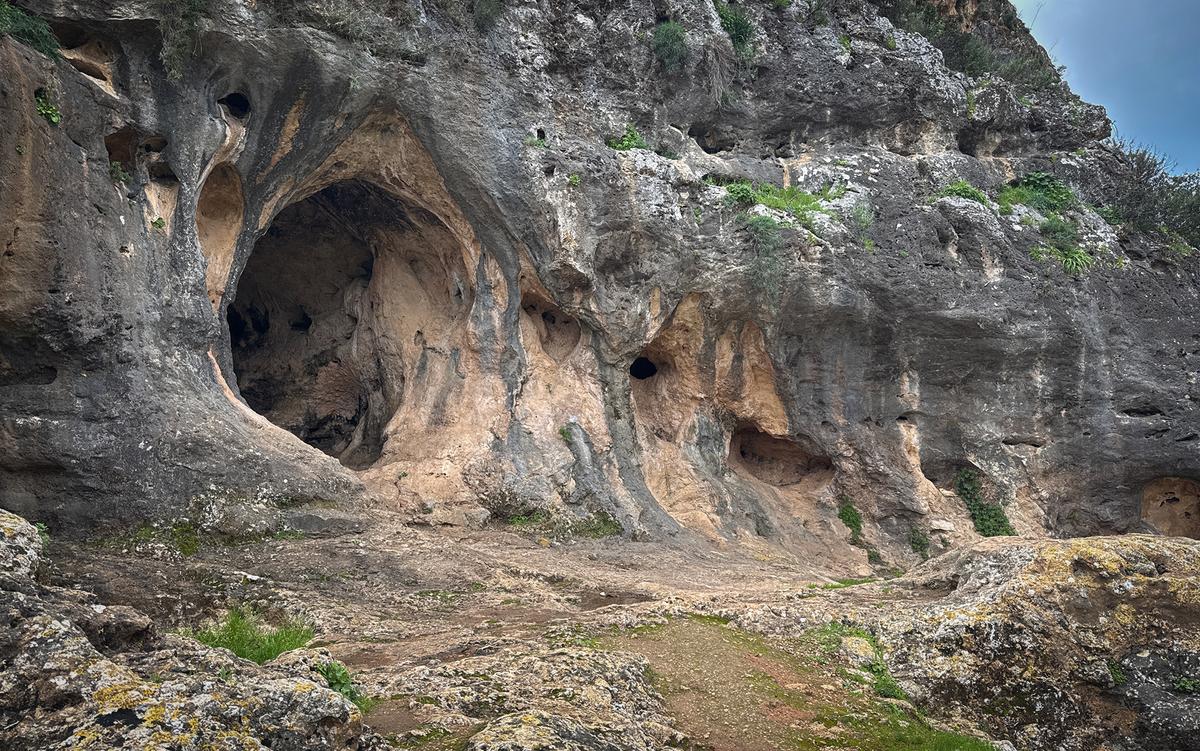Scientists have identified a new microbe that developed on board China's Tiangong space station, according to a new study.
The strain, officially named niallia tiangongensis, is a new variant of a terrestrial bacteria and was found in a cabin inside the space station.
The findings were revealed this month by researchers from the Shenzhou Space Biotechnology Group and Beijing Institute of Spacecraft System Engineering in the International Journal of Systematic and Evolutionary Microbiology.
Why It Matters
The discovery holds major implications for future space missions, astronaut health, and biosecurity.
Niallia tiangongensis demonstrated noteworthy resilience to space-specific stressors, including enhanced repair from radiation damage and the ability to survive oxidative stress—factors critical for maintaining long-term spaceflight safety.
As humanity prepares for extended lunar and Mars missions, understanding how microbes adapt to space will inform engineering, medicine, and agricultural practices not only in orbit but for Earth-bound applications as well.

What To Know
Astronauts on the Shenzhou-15 mission used sterile wipes to collect microbial samples from Tiangong's interior in May 2023.
Samples were stored at very low temperatures, returned to Earth, and subjected to genomic, metabolic, and phylogenetic analysis.
Researchers found that the new strain belongs to the genus niallia in the family cyto bacillaceae, but is genetically distinct from known relatives on Earth.
Cytobacillus is a genus of rod-shaped bacteria, and the bacillaceae family is one of the most robust bacteria on Earth.
The microbe appears to have evolved or adapted traits suited to life in the unique environment of the Tiangong space station, distinguishing it both genetically and functionally from known Earth species.
The new bacterium was noted for its ability to survive the extreme conditions of space: it demonstrated advanced resistance to radiation-induced cellular damage and oxidative stress.
Researchers have yet to establish whether niallia tiangongensis poses any direct health threat to astronauts aboard Tiangong.
The finding is part of the China Space Station Habitation Area Microbiome Program, which seeks to characterize and control microbial populations within space habitats.
Tiangong's platform has enabled more than 180 science experiments to date, including the development of space-grown rice varieties, deployment of stem cell research, a space-based cold-atom gyroscope, and sustained experimental ecosystems, according to Chinese outlets.
What People Are Saying
Javier Martin-Torres, a professor at the University of Aberdeen, Scotland, told Newsweek: "The discovery of this new microbe is not immediately concerning but warrants careful study. Its enhanced ability to combat oxidative stress and reverse radiation-induced damage suggests it has adapted to the extreme space environment, which could pose health risks to astronauts if not properly managed. However, it is not currently a significant threat to space travel or humans on Earth, as microbes in space stations are closely monitored, and robust control measures are in place."
Martin-Torres added: "This finding highlights the remarkable adaptability of extremophiles to space conditions, offering insights into microbial survival in harsh environments like Mars or other planetary bodies and solar system environments. It also underscores the importance of international cooperation under the COSPAR Planetary Protection Policy, which fosters collaboration among space agencies to document and manage spacecraft microbiomes, ensuring astronaut safety and planetary protection."
Rosa Santomartino, a professor of biological and environmental engineering at Cornell University, told Newsweek: "The first and most important point to clarify when such discoveries are made is that these microbes are not "alien." While they are found in space, specifically onboard spacecraft, they do not originate from space. Spacecraft are thoroughly cleaned and sterilized before launch, and when they reach orbit, they are nearly sterile. However, once astronauts arrive, they inevitably introduce billions of microbes from their bodies and surroundings. Among these, some may be previously undocumented on Earth, not because they are extraterrestrial, but simply because they have not been discovered until now.
"That said, these discoveries are incredibly valuable to both the space biology and general microbiology communities. Space presents a unique set of stressors, altered gravity, higher radiation, and confined environments, that can significantly impact microbial behavior. Studies have shown that microorganisms can become more virulent and form stronger, thicker biofilms in space. Like its close relatives, Niallia tiangongensis possesses traits, such as stress-response genes, specialized proteins, and the ability to form dormant spores, that make it well-suited to survive such extreme conditions. Understanding these adaptations helps us uncover how microbes persist in space, offering insight into long-term survival mechanisms."
What Happens Next
Research teams continue to monitor the new bacterium's characteristics, focusing on potential health impacts for crew and mitigation strategies for long-term missions. Future findings are expected to inform protocols for microbial control on the Tiangong and other international space platforms, as well as influence biotechnological innovations for Earth and space.
Update 5/20/25, 10:53 a.m. ET: This article has been updated with comment from Rosa Santomartino.
.png)


